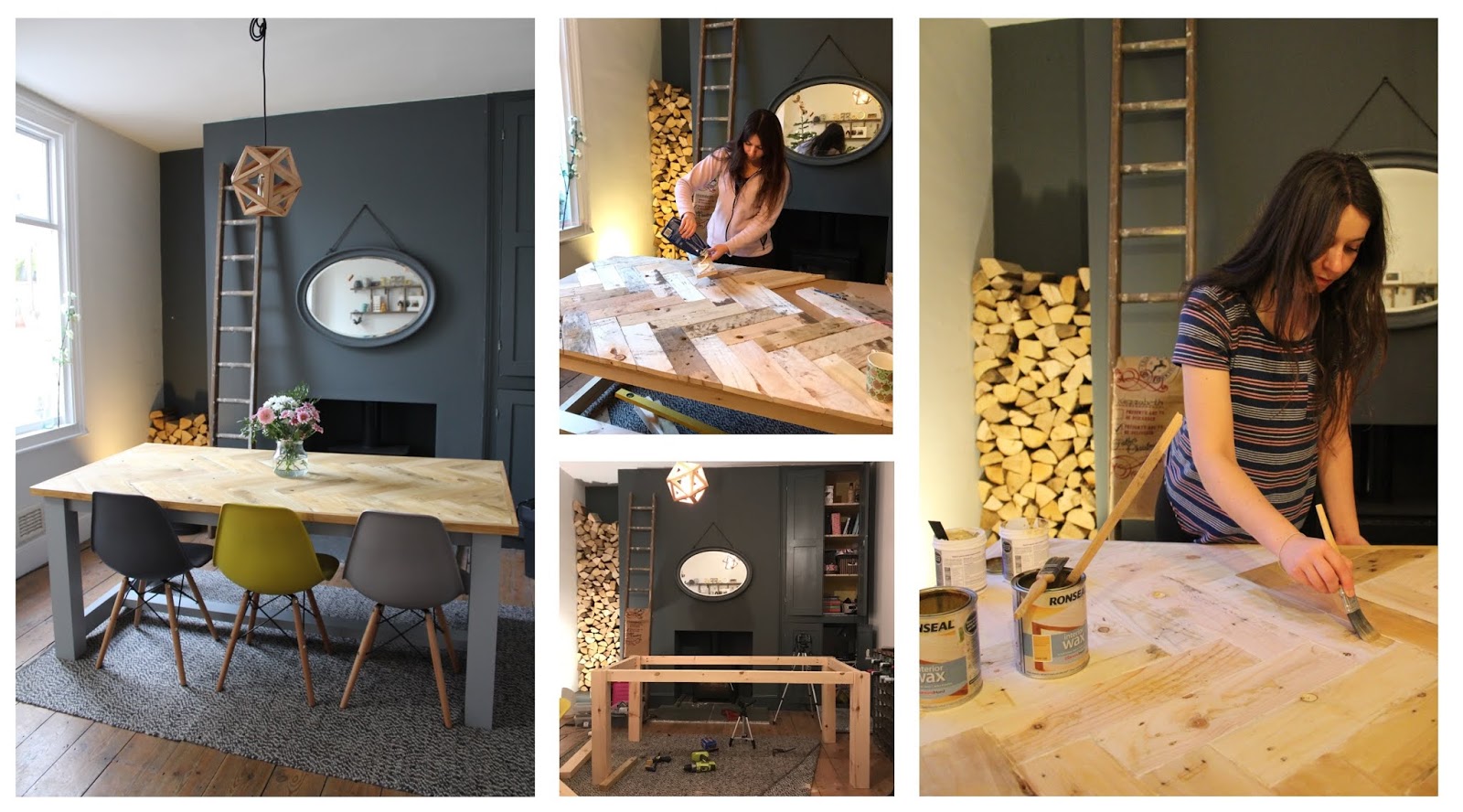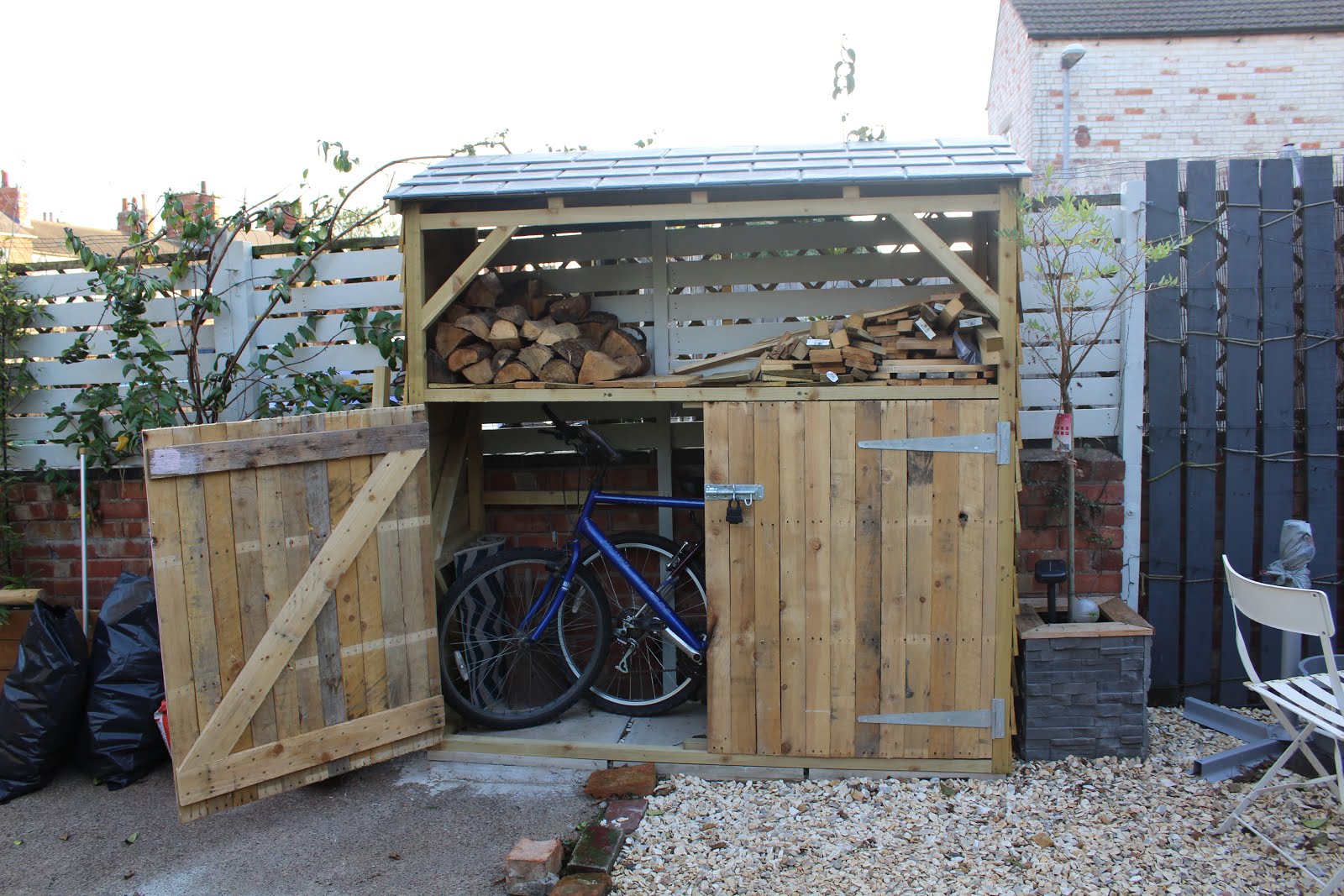I decided the biggest problem with the lawn was that there was too much thatch sat along the soil line. This is kind-of like dead grass that’s still attached and isn’t removed when cut by the lawnmower. Thatch is actually good for the grass, but too much is problematic and can eventually stop the grass from growing altogether. I decided this was our biggest problem with the lawn. Since I had allowed the grass to grow ridiculously high (due to not owning a lawnmower to cut it!) the bottom the grass strands had died due to lack of light and caused thatch. A LOT of thatch. So this needed to be removed. You can see the amount of thatch amongst the grass here…
Looking healthier already! Check back soon for further updates 😉







No Comments